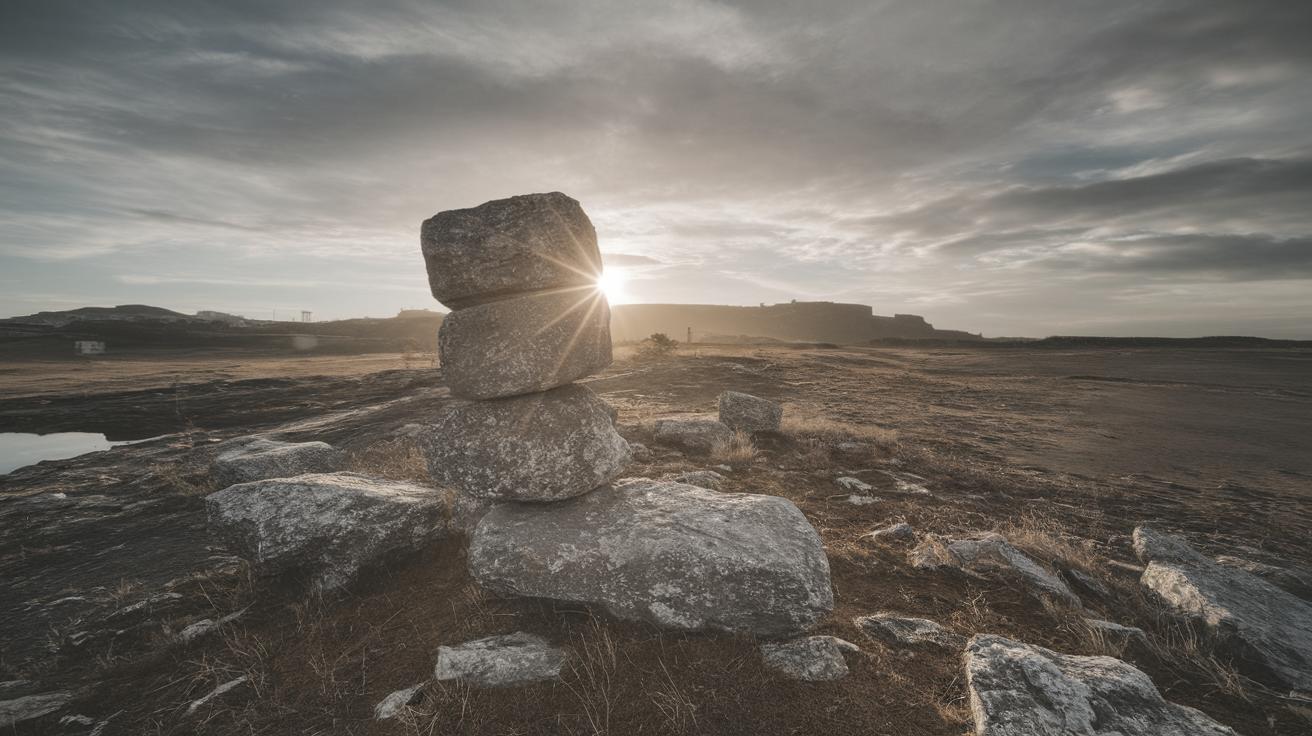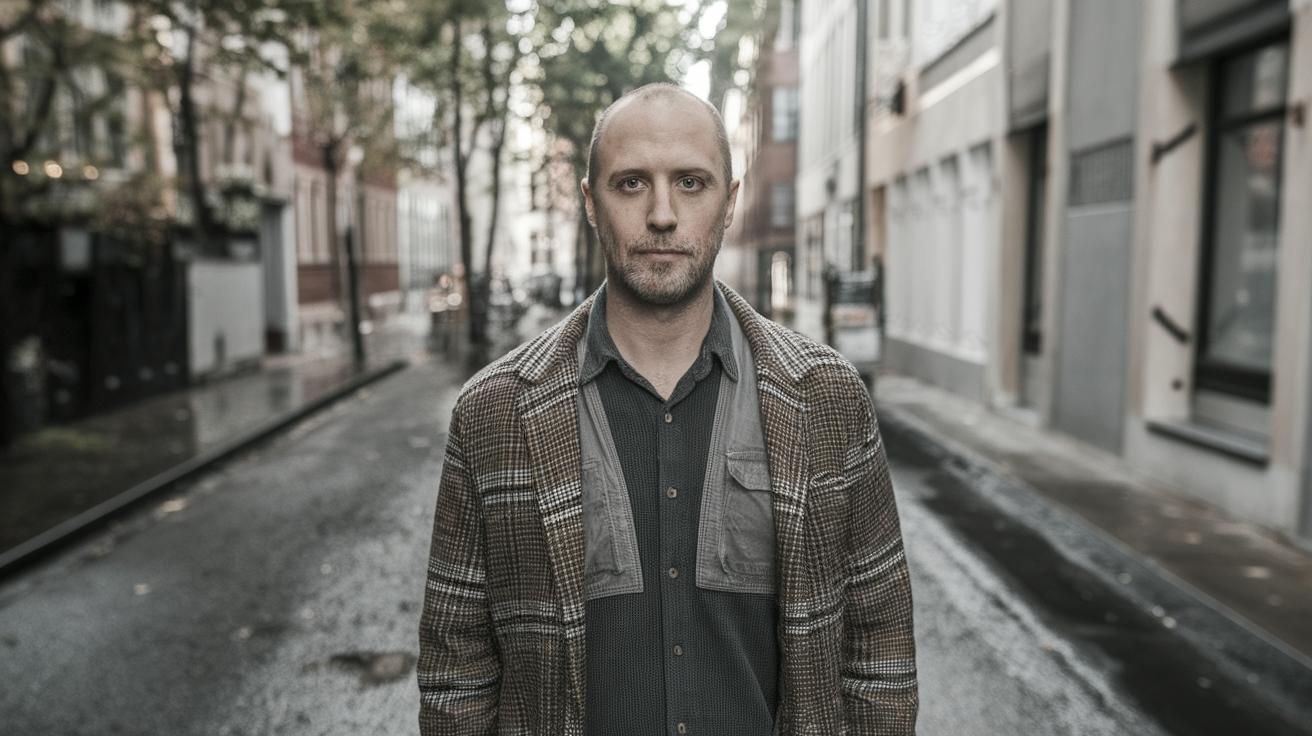How to Film a Scene with Limited Lighting
In the world of filmmaking, lighting plays a crucial role in setting the mood and evoking emotions. When resources are constrained, mastering the art of filming with limited lighting can transform any scene into a captivating masterpiece. This guide dives into innovative techniques for using minimal lighting resources effectively, from understanding cinematic lighting types and basic setups to leveraging natural and motivated lighting. Whether you’re a budding filmmaker or a seasoned professional, this comprehensive resource is packed with insights to help you elevate your visual storytelling. Read on to uncover expert techniques and practical advice that will illuminate your scenes like never before.
Watch: Ultimate Guide to Cinematic Lighting
Cinematic lighting is an intricate art, requiring a blend of creativity and technical skill to achieve the desired effect. For filmmakers working with limited resources, understanding the nuances of different lighting styles is paramount. By observing and analyzing iconic films, you can see how limited lighting setups are purposefully used to enhance storytelling, create mood, and draw attention to key elements in a scene.
It’s important to watch and learn from professionals who have mastered the craft. Visual analysis and film studies are excellent ways to grasp concepts like contrast, color temperature, and shadows. The visual language established through lighting can elevate the narrative’s emotional depth. Online platforms and streaming services often provide access to a plethora of cinematic guides and tutorials focused solely on lighting, enriching your understanding and inspiring creative solutions.
FILM LIGHTING TECHNIQUES
1. Cinematic types of lighting in film
Understanding different types of lighting in films is essential for creating visually compelling scenes. Each type of lighting impacts the audience differently, from high-key lighting’s bright, airy aura to the stark contrast of low-key setups, which is often used in thrillers and dramas. Breaking down these categories can provide a toolkit for filmmakers to evoke specific moods and stylistic choices within their constraints.
Other examples include chiaroscuro lighting, which emphasizes light and shadow contrast, and practical lighting that incorporates on-screen sources, such as lamps or candles, fostering authenticity and realism. Embrace each style by analyzing scenes within well-known films, noting how lighting shapes the narrative, directs focus, and conveys emotion, even in budget-limited productions.
2. Basic lighting: 3-point lighting setup
The fundamental 3-point lighting setup is a powerful tool for filmmakers seeking clarity and depth in their scenes. It utilizes key light, fill light, and backlight components to highlight subjects, balance shadows, and create separation from the background. Embracing this classic setup can enhance dimensionality and focus, even in resource-strapped conditions.
Understanding each light’s role is key to maximizing impact. The key light is the main source, establishing initial shadow and highlight balance. The fill light softens these shadows, offering a natural look. Lastly, the backlight enhances depth by separating subjects from the background, achieving a professional touch regardless of equipment limitations.
3. Soft film lighting
Soft film lighting, characterized by its gentle, diffused quality, is ideal for scenes requiring a warm, flattering aesthetic. Often used in romantic or intimate settings, its ability to reduce harsh shadows translates emotional subtext into a visual format. Soft lighting can be achieved by placing diffusion materials over existing lights or leveraging natural light through sheer curtains in indoor scenes.
Its application spans various genres, offering a versatile approach for filmmakers. Whether altering the mood with DIY solutions using reflectors or experimenting with bounce techniques, understanding how soft lighting handles transitions can significantly enhance character portrayals and scene ambiance in projects with minimal lighting setups.
4. Hard film lighting
Hard lighting creates stark contrasts, comprehensively defining shapes and textures within a scene. Characterized by crisp shadows, it’s widely used in high-contrast genres like film noir, horror, and thrillers to amplify tension and intrigue. For filmmakers working with limited tools, hard lighting can emphasize drama and depth of field effectively.
This approach requires careful placement of light sources to exploit shadows and angles beneficially. Shadows can be manipulated to reflect character motives or environmental elements, enriching the narrative. When resources are tight, utilizing available hard light sources like direct sunlight or focused flashlights can achieve impactful results without extensive equipment.
5. Motivated lighting
Motivated lighting is an essential technique for realism, where light appears to emit naturally from sources within the scene. By integrating light logically into the set design, such as through windows or practical fixtures, filmmakers can maintain authenticity while working on a budget.
A strategic approach to motivated lighting empowers filmmakers to manipulate the scene’s tone without relying heavily on professional lighting equipment. This involves creatively using available light sources like street lamps, vehicle headlights, or household fixtures. In scenarios with limited lighting flexibility, adapting to the environment with these practical resources can produce high-quality visuals reflective of larger-budget films.
6. Natural film lighting
Natural lighting provides an organic aesthetic that can enhance the authenticity and mood of a film. Harnessing daylight or moonlight effectively can eliminate the need for extensive lighting setups, expanding filming possibilities for those constrained by budget.
Creative use of natural light involves understanding how light changes throughout the day, planning shoots during specific times to capture desired effects, or leveraging available environmental elements as light modifiers. By adopting natural film lighting strategies, filmmakers can produce visually striking scenes that feel unforced and immersive, offering an honest portrayal of the narrative.
7. The set lighting technician’s handbook and other good reads
For any filmmaker, continuously learning and updating one’s knowledge base about lighting techniques is valuable. Books such as “The Set Lighting Technician’s Handbook” provide comprehensive insights into technical aspects and creative applications of lighting in film and video production. Such resources examine complex lighting issues and provide solutions, breaking down advanced lighting setups into digestible insights for any resource level.
Additional reading materials and online resources delve into specific lighting techniques across genres and settings, enriching filmmakers’ understanding and skills. Engaging with diverse educational tools can inspire new ideas and offer practical advice for implementing film lighting principles effectively, even with constrained lighting options.
Free downloadable bonus
FREE Download
To further support your filmmaking journey, we’re offering a free downloadable guide. This “Ultimate Guide to Exposure” is an invaluable resource tailored for filmmakers striving to refine their lighting skills and enhance overall image creation. Understand exposure settings better, experiment with balancing natural and artificial light, and elevate scenes with limited resources.
Ultimate Guide to Exposure
The guide provides an in-depth exploration of exposure fundamentals, giving filmmakers the knowledge to manipulate light precisely. Discover tips and tricks for achieving correct exposure in different scenarios, learn how exposure intertwines with other aspects of cinematography, and see your low-budget scenes shine with professional flair.
RELATED POSTS
-
10 Cinematic Lighting Techniques Every Filmmaker Should Know
-
How to Capture Beautiful Portraits with Minimal Equipment
Up Next
Lighting tips you didn’t learn in school
As you expand your creative boundaries, explore lighting techniques that weren’t covered in traditional education. These avant-garde methods will spark innovation in your projects, pushing the envelope of what’s possible with limited resources.
From unconventional light sources to spontaneous scenography solutions, the future of film lighting lies in innovation. Adapt these groundbreaking strategies to enrich your portfolio, showcasing your unique vision as a filmmaker amplifying authenticity through every scene.
Showcase your vision with elegant shot lists and storyboards
As you dive further into the realms of cinematography and lighting, consider building robust shot lists and storyboards. These planning tools are invaluable in visualizing lighting setups and the final aesthetic outcome.
With word and image storyboards, filmmakers can precisely map lighting cues, subject positioning, and camera angles. Such structured planning ensures continuity and quality across scenes, empowering you to deliver visually captivating narratives from start to finish, regardless of resource limitations.
Future Prospects
| Technique | Description |
|---|---|
| Cinematic Types | Diverse lighting styles for mood and story impact. |
| 3-Point Lighting | Key, fill, and backlight for depth and clarity. |
| Soft Lighting | Gentle, diffused light for warmth and intimacy. |
| Hard Lighting | Stark contrasts for drama and texture emphasis. |
| Motivated Lighting | Integrating logical light sources into scenes. |
| Natural Lighting | Utilizing daylight/moonlight for authentic visuals. |


